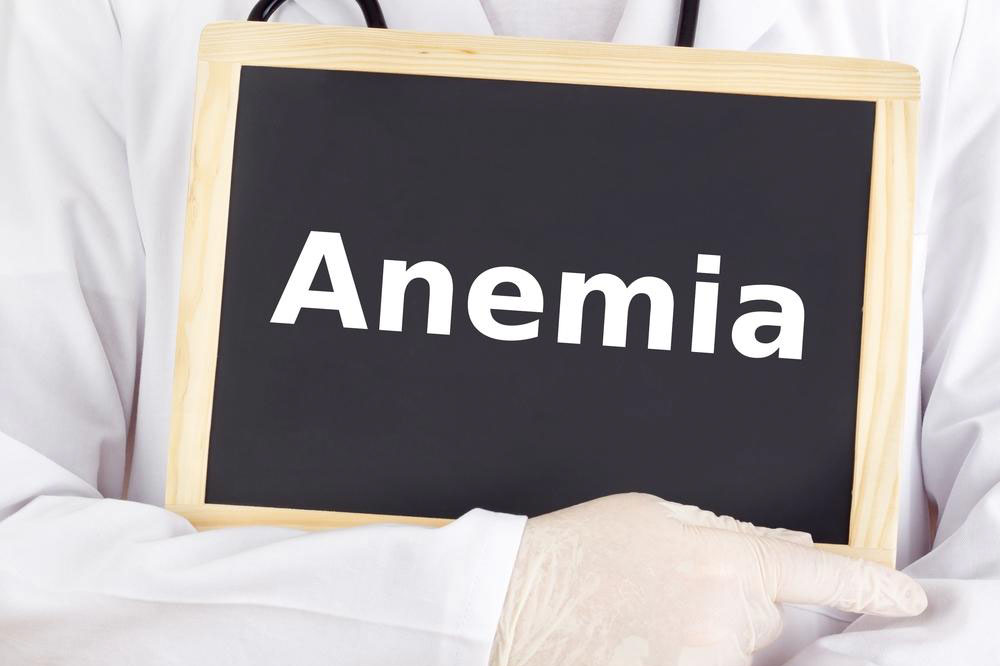
6 Lesser-Known Types of Anemia
Anemia is a blood disorder that results in a reduced number of red blood cells, which are required to carry oxygen to the tissues throughout the body. There are several types of the condition, some of which are very rarely seen. Here’s a list of some rare forms of anemia:
- Aplastic (hypoplastic) anemia
Aplastic anemia damages the stem cells in the bone marrow, which makes them incapable of producing the required number of blood cells. The condition may be inherited from one’s parents or may develop later. Blood transfusion or stem cell transplantation is the most effective way of treating this rare form of anemia. - Sideroblastic anemia
Hemoglobin is an important protein required by the body for carrying oxygen. We need iron to produce hemoglobin, but people who develop sideroblastic anemia become incapable of using the iron in their body. This leads to iron buildup and results in unusual red blood cells, which is a rare form of anemia that can be hereditary or acquired. - Myelodysplastic syndromes
Another rare form of anemia, this group of conditions is caused by a damaged bone marrow that becomes unable to produce enough healthy blood cells. One can inherit this disease from their parents, and the chances of developing myelodysplastic syndromes are higher if one already has inherited Fanconi anemia, Diamond Blackfan anemia, Shwachman-Diamond syndrome, severe congenital neutropenia, or familial platelet disorder. - Autoimmune hemolytic anemia
It is an autoimmune disease that causes the immune system to destroy red blood cells faster than the body can produce new cells. This condition can be a result of the use of methyldopa, penicillin, or quinine, or it can occur if one has lupus, which is another autoimmune disease. Its symptoms may include fatigue, fast heartbeat, pale skin, trouble in breathing, backache, yellow skin, and chills. - Congenital Dyserythropoietic Anemia (CDA)
CDA is a category of anemias that one can inherit from their family. It results in a reduction in the number of healthy red blood cells in the body. CDA has type 1, type 2, and type 3, and type 2 is the most commonly diagnosed among them. Apart from chronic anemia, CDA may also cause jaundice, fatigue, pale skin, and missing toes or fingers since birth. - Diamond-Blackfan anemia
This rare form of anemia makes the bone marrow incapable of producing sufficient red blood cells. Its symptoms include fatigue, rapid heartbeat, heart murmur, short height, pale skin, and weak bones. The treatment options available for Diamond-Blackfan anemia include red blood cell transfusions, bone marrow transplant, and the use of steroids to produce more red blood cells.
The rare forms of anemia can make one feel weak and tired and cause difficulty in breathing. If one experiences these symptoms for long, they should seek immediate medical help.


